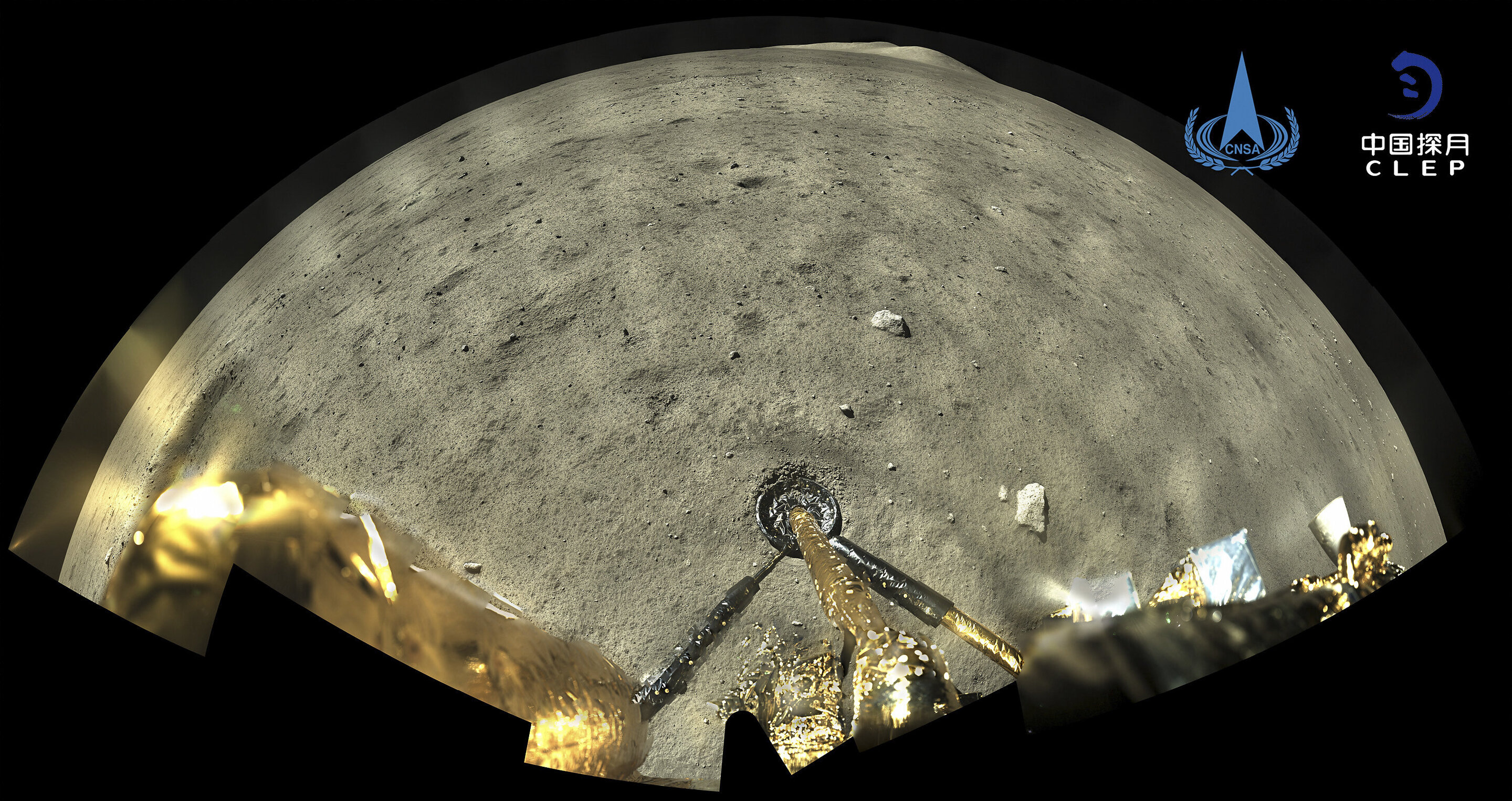#How to spot winning sperm: Examine their racing stripes

“#How to spot winning sperm: Examine their racing stripes”

Millions of sperm enter the race to fertilize, but only one wins the sprint to the egg.
Now Yale researchers have discovered that these winning sperm possess a few key molecular characteristics that differentiate them from those left behind, they report Dec. 1 in the journal eLife.
Sperm tails are lined with channels containing pores for entry of calcium which help sperm move through the female reproductive tract. Each pore of these calcium channels is comprised of four subunits, CatSper 1 through 4, which work together to serve functions such as controlling the mobility and navigation of the sperm.
Researchers playfully describe them as the sperm’s racing stripes.
A team of Yale scientists led by Jean-Ju Chung, assistant professor of cellular and molecular physiology, found one of the subunits that form these racing stripes is critical in sperm selection for fertilization.
Using 3-D molecular imaging and artificial neural network modeling, Chung’s lab devised a way to visually track and quantify sperm in the reproductive tracts of female mice after mating. They discovered that the sperm which advanced from uterus to oviduct had the channels containing intact Catsper1 subunit. Other sperm likely lost functioning CatSper ion channels by losing intact CatSper1. These sperm become immobile and are left behind.
Sperm that make it far into the female reproductive tract share other characteristics: they tend to have already lost a cap-like structure called the acrosome in the sperm head, likely a prelude to fertilizing the egg.
The insights into molecular signatures of sperm and interactions within the reproductive tract may help inform new treatments for infertility or conversely, male birth control. Mutations have been found in the CatSper genes of infertile men and could be a target for fertility treatments. Since the CatSper channel is necessary for sperm to function, blocking it could lead to development of non-hormonal contraceptives with minimal side effects in both men and women, Chung said.
“Better understanding how the fittest sperm cells are selected and how those left are eliminated after fertilization in the female reproductive tract can improve current strategies for assisted reproduction,” Chung said.
Molecular ‘barcode’ helps decide which sperm will reach an egg
Luke L McGoldrick et al, Stopping sperm in their tracks, eLife (2020). DOI: 10.7554/eLife.55396
Citation:
How to spot winning sperm: Examine their racing stripes (2020, December 1)
retrieved 1 December 2020
from https://phys.org/news/2020-12-sperm-stripes.html
This document is subject to copyright. Apart from any fair dealing for the purpose of private study or research, no
part may be reproduced without the written permission. The content is provided for information purposes only.
If you liked the article, do not forget to share it with your friends. Follow us on Google News too, click on the star and choose us from your favorites.
For forums sites go to Forum.BuradaBiliyorum.Com
If you want to read more Like this articles, you can visit our Science category.



